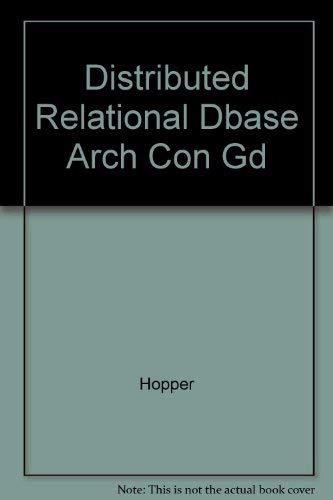Question
in C++ create linked list class class LinkedList Data Members protected ListElement *head; A pointer points the beginning of a singly linked list that stores
in C++ create linked list class
class LinkedList
Data Members
protected ListElement *head;
A pointer points the beginning of a singly linked list that stores ListElement type nodes. ListElement class is an inner class of the LinkedList class and the class implementation is already provided in the LinkedList header file.
protected ListElement *cursor;
A pointer points a list node where the next list operations will be applied.
Member Functions
Constructor
Copy Constructor
LinkedList(const LinkedList &src);
Destructor
Deallocates the memory used to store a list.
void insert(const Type &item, int i);
When a list is not full, inserts the item into a list.
If the list is empty, inserts the item as the first element in the list. The head and cursor pointer should be initialized properly after the insert operation. If the list is not empty and the second integer argument has the value of 0, inserts the item immediately after the cursor element. If the list is not empty and the second integer argument has the value of -1, inserts the item immediately before the cursor element.
In all case, properly move the cursor to designate inserted item as the current element.
void remove();
When a list is not empty, removes the current element from the list. After deleting the cursor pointing element, set the cursor to the following element. If the cursor is pointing to an element that is the only element in the list, you should properly set the head and cursor pointer after deleting the node. If the cursor is pointing to the last element of the list, the link field of the previous node of the last node should be set to
null after deleting the node. Set the cursor to the head pointing element.
Type retrieve() const;
When a list is not empty, return a copy of the cursor pointing element.
int gotoPrior();
If a list is not empty and the cursor is not pointing the first element of the list, then designates the element immediately before the current element as the current element and returns 1. Otherwise, returns 0.
int gotoNext();
If the current element is not at the end of the list, then designates the element immediately after the current element as the current element and returns 1. Otherwise, returns 0.
int gotoBeginning();
If a list is not empty, then designates the element at the beginning of the list as the current element and returns 1.
Otherwise, returns 0.
void clear();
Removes all the elements in a list and deallocates associated dynamic memory.
int empty() const;
Returns 1 if a list is empty. Otherwise, returns 0.
Step by Step Solution
There are 3 Steps involved in it
Step: 1

Get Instant Access to Expert-Tailored Solutions
See step-by-step solutions with expert insights and AI powered tools for academic success
Step: 2

Step: 3

Ace Your Homework with AI
Get the answers you need in no time with our AI-driven, step-by-step assistance
Get Started


